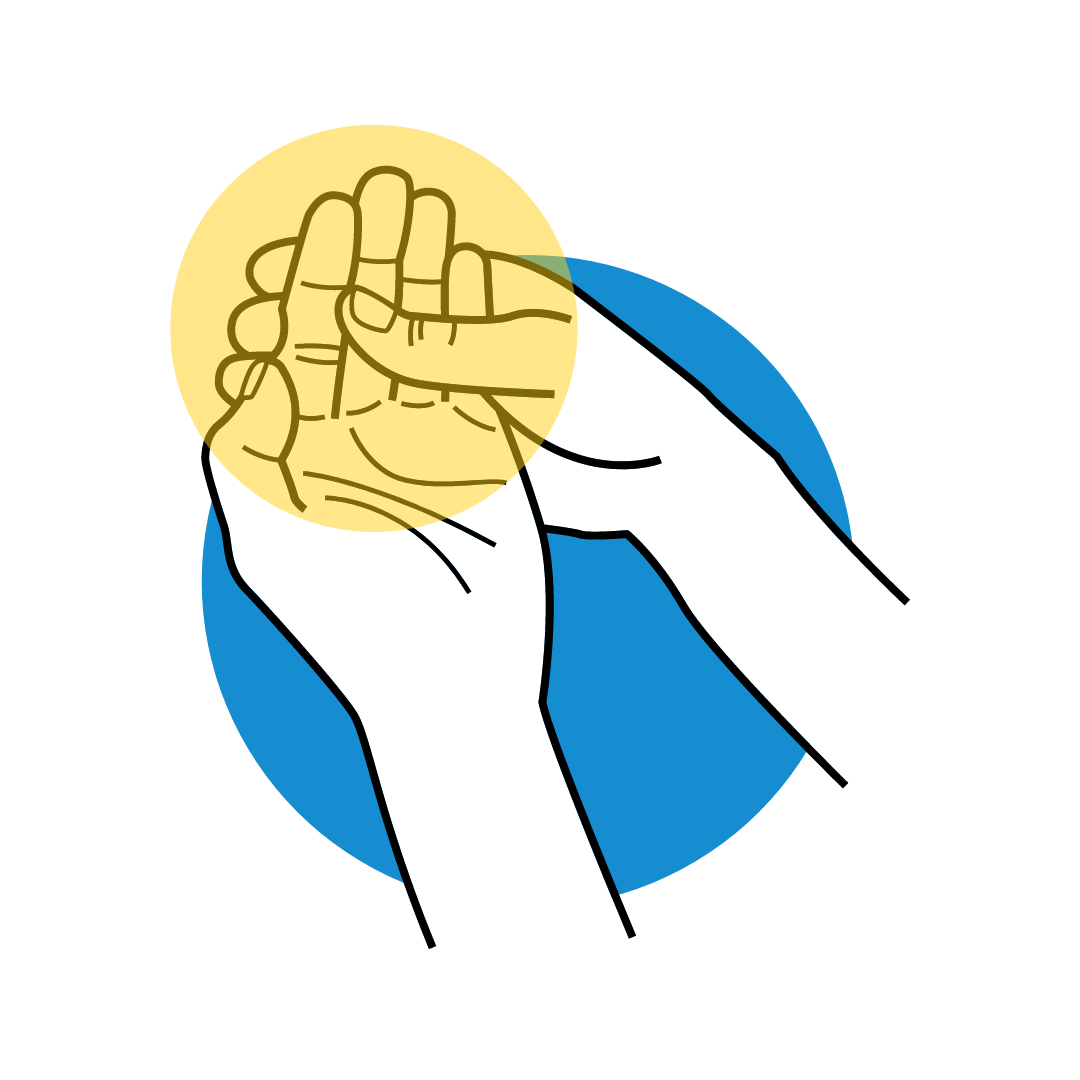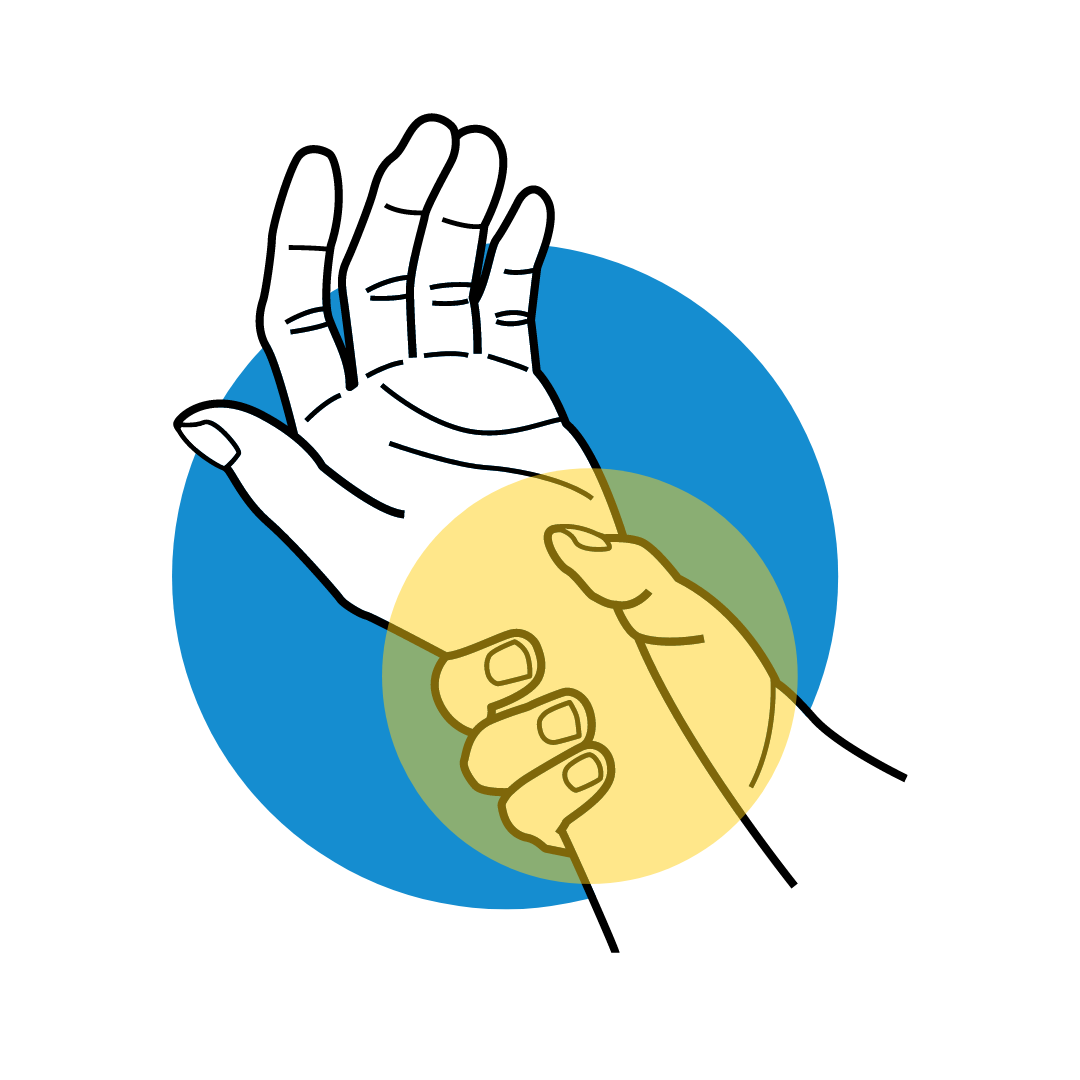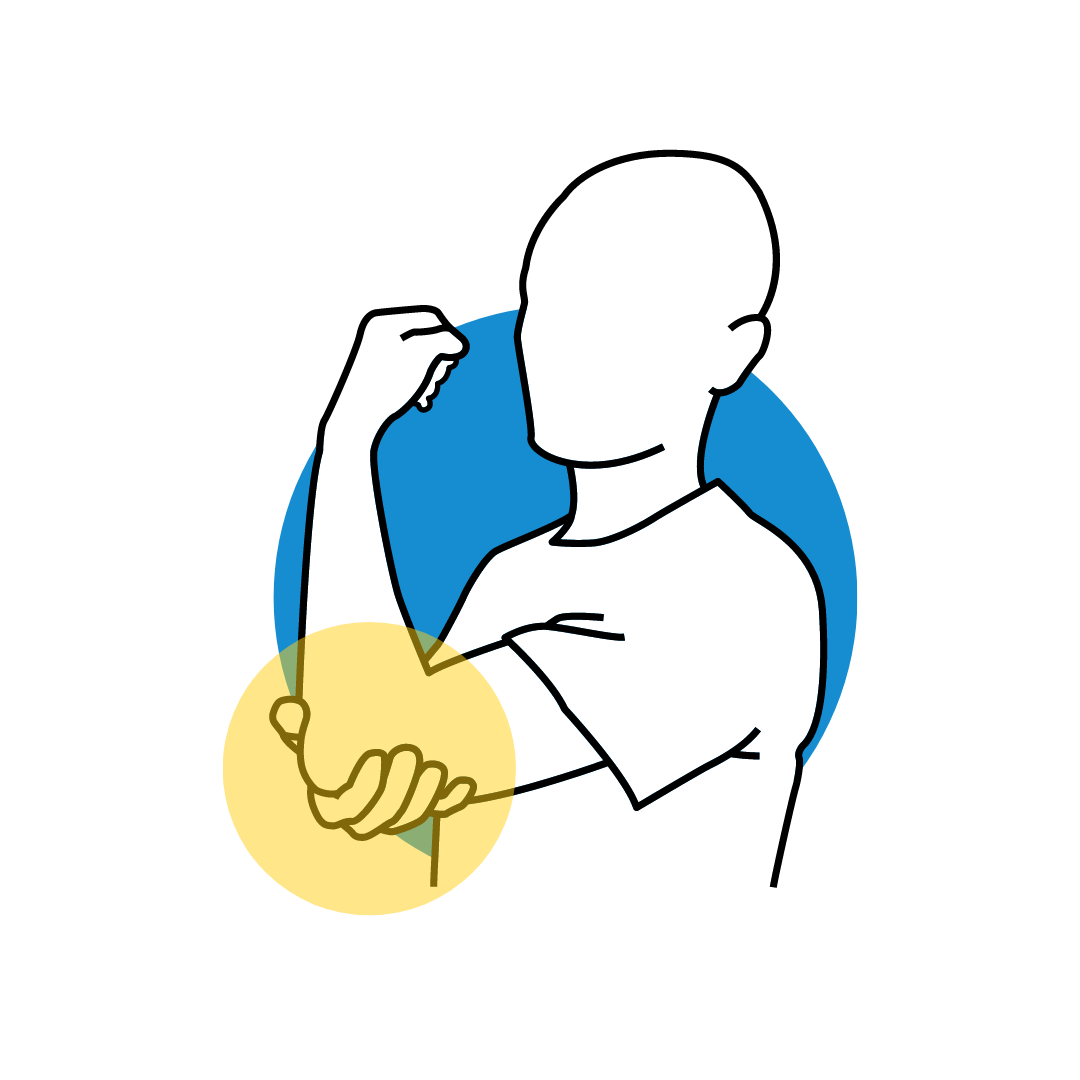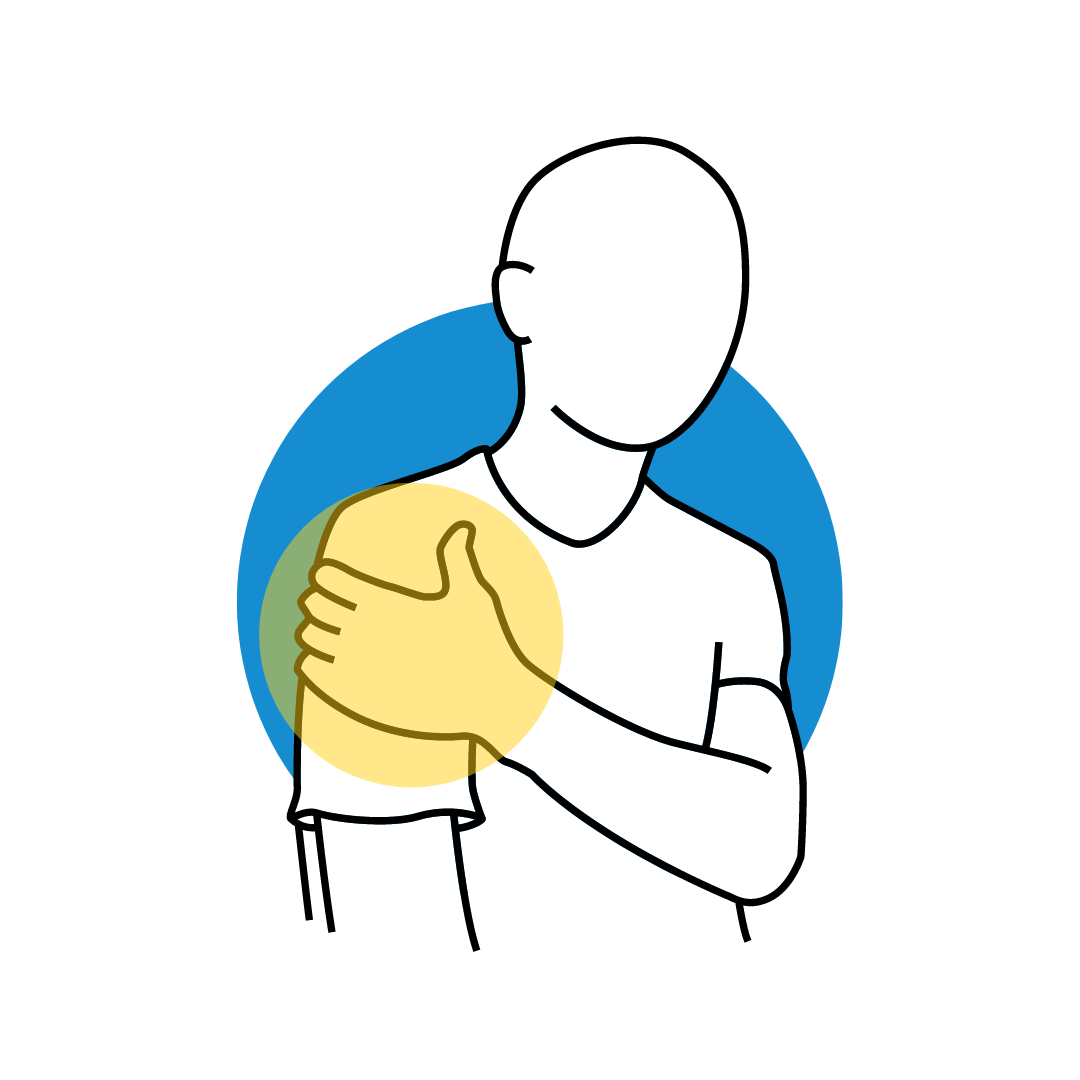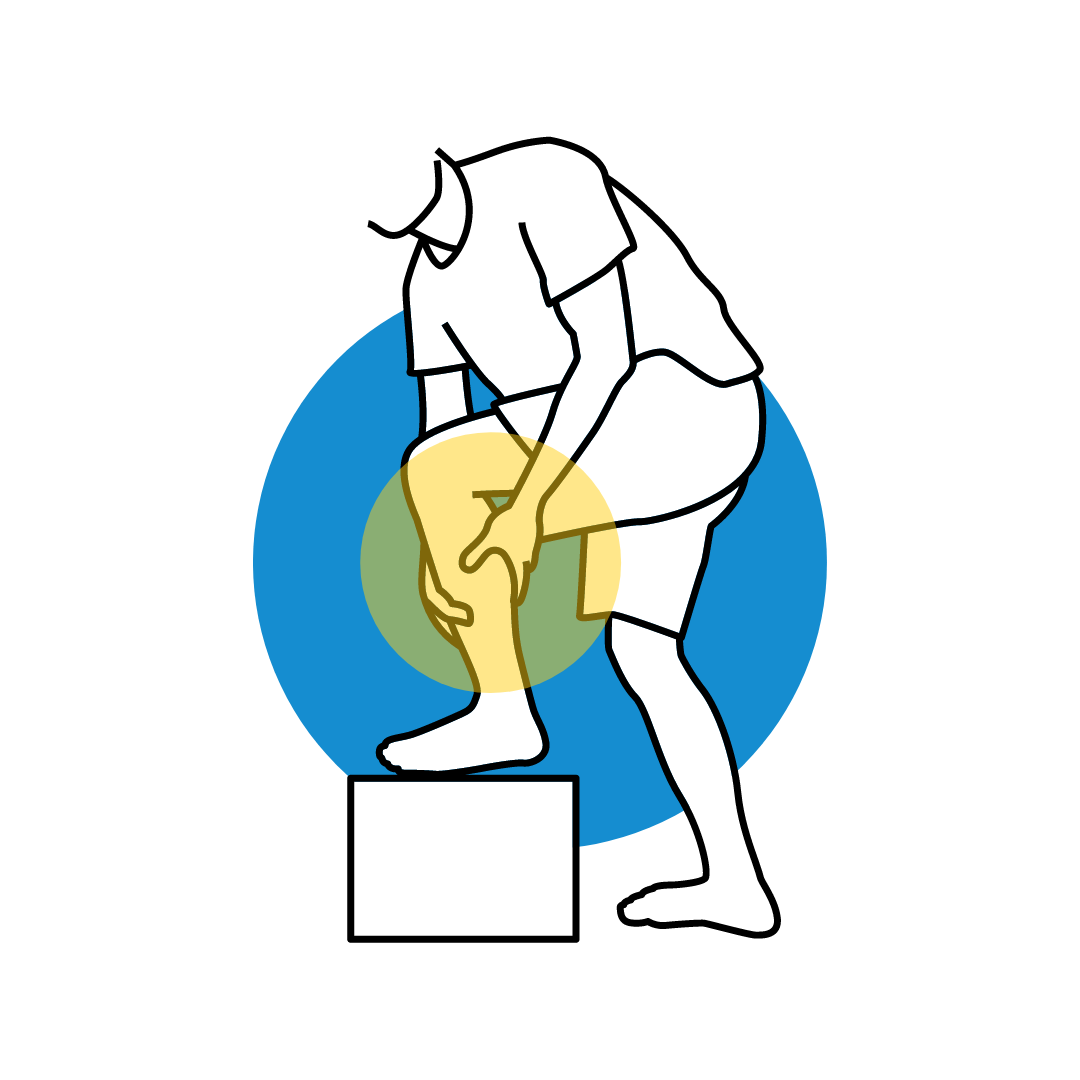Dupuytren’s contracture, also known as bent fingers, is a condition that affects the fibrous tissue layer beneath the skin of the palm and fingers. While painless, Dupuytren’s contracture can lead to one or more fingers assuming a curled position, making everyday tasks more challenging to complete. At Mirza Orthopedics, we specialize in treating the symptoms of Dupuytren’s contracture and slowing the progression of the condition. The first step to getting treatment for bent fingers is scheduling a consultation with our Long Island hand specialists. Our orthopedists are leaders in diagnosing and treating hand conditions, serving patients of all ages from Suffolk County, Nassau County, and beyond. You can make an appointment with our Dupuytren’s contracture doctors and specialists by filling out the form on this page.
What causes bent fingers (Dupuytren’s contracture)?
Bent fingers from Dupuytren’s contracture are caused when cords of tissue form under the skin of your palm, extending up into one or more fingers. As the cords thicken and tighten, your fingers get pulled into a bent position.
There is no single identifiable cause of Dupuytren’s contracture. However, a combination of risk factors may contribute to the development of bent fingers.
You may be more likely to develop Dupuytren’s contracture if:
- You are male
- You are over the age of 50
- You are of Northern European or Scandinavian descent
- You have a family history of Dupuytren’s contracture
- You have other medical conditions including diabetes and seizures
- You are a smoker
- You regularly consume alcohol
What are the symptoms of Dupuytren’s contracture?
Dupuytren’s contracture symptoms typically develop very gradually over time. If you have Dupuytren’s contracture, you will likely experience:
- One or more small, tender lumps in your palm
- Lumps that begin to form tight bands of tissue under the skin of the palm, extending up into the fingers
- Fingers that start bending towards the palm, with the pinky and ring fingers being the most commonly affected
- Difficulty straightening the affected finger(s)
- Difficulty with activities that involve grasping objects or putting your hand into your pocket
If you’re suffering from any of these symptoms, contact our Dupuytren’s contracture specialists for a consultation.
What does Dupuytren’s contracture treatment entail?
While there is no cure for Dupuytren’s contracture, there are several treatments that may help slow the progression of the condition and relieve your symptoms. For some patients, treatment for bent fingers from Dupuytren’s contracture may involve conservative measures, such as:
- Wearing a finger splint
- Getting steroid injections
- Getting an enzyme injection
- Undergoing a needle aponeurotomy
However, if these treatment options are not successful or if your condition continues to progress to the point where one or more of your fingers is stuck in a bent position and impacting your quality of life, our Dupuytren’s contracture doctors may recommend surgery. The surgery involves dividing or removing the thickened bands from the hand to help restore finger motion.
If you are suffering from Dupuytren’s contracture, it’s important to see an orthopedic hand specialist in Long Island that is experienced in treating this condition. Mirza Orthopedics offers a wide range of options for Dupuytren’s contracture treatment. Contact our Dupuytren’s contracture specialists today to schedule an appointment.

